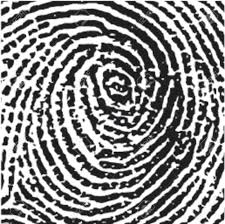Our Instructors
Get to know our wonderful lecturers sharing their lifelong skills and experience!
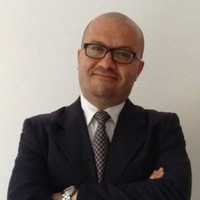
Samer Abdel Ghafour
The Illicit Antiquities Market from A to Z: From Trafficked Treasures to Tracking Traffickers
Destruction, looting and illicit trafficking of antiquities are an ancient phenomena that we still see occurring in the modern era. I look forward to meeting you in my next course.
Dr Samer Abdel Ghafour is a Syrian cultural heritage specialist and the founder of ArchaeologyIN – the Archaeology Information Network. He began his formal career at the National Archaeological Museum of Aleppo, where, from 1994 to 2005, he served as assistant curator for the Ancient Near East department before moving to Damascus to serve as Chief of Staff until 2012 at the office of the Director General for the Syrian Directorate-General for Antiquities and Museums – DGAM. In 2018 he was awarded a PhD from La Sapienza Università di Roma with a thesis entitled “Ideologies of the Destruction of Cultural Heritage in the Ancient and Modern Near East”.
Since the outbreak of the Syrian crisis in 2011, the focus of his research and academic teaching has been on safeguarding cultural heritage and countering the illicit trafficking of art and antiquities in non conflict, conflict and post-conflict zones.
Every time the phrase 'just and fair solution' is mentioned I get agitated. There is nothing just and fair about the Washington Principles. The declaration disregards the claimants perspective.
Marc Masurovsky co-founded the Holocaust Art Restitution Project (HARP) in September 1997 and serves as its Director of Research. Since 1980 he has examined the general question of assets looted during the Nazi era and instructed others on proper provenance research. He has worked as an expert historian on a class-action lawsuit filed by Jewish claimants against three leading Swiss banks, accusing them of having expropriated the property that their families had deposited in their safes and bank accounts. As a consultant and historian for the Department of Justice’s Office of Special Investigations, he has investigated alleged Nazi war criminals living in the U.S. and post-war relations between former Nazi officials and Allied intelligence agencies. He earned his M.A. in Modern European History from American University in Washington, D.C. and wrote his Master’s thesis on “Operation Safehaven: the Allied response to Nazi post-defeat planning, 1944-1948”.
In addition to the above Mr. Masurovsky is the co-author with Fabrizio Calvi of Le Festin du Reich (Editions Fayard, 2006) and has organised and taught specialised workshops throughout Europe and the United States on how to conduct research into the complex history of moveable cultural property and the forces that shape their stories.
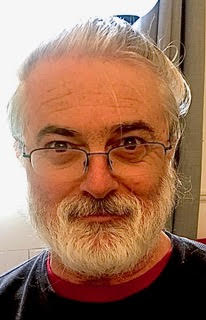
Marc Masurovsky
Documenting and Researching the Past: Exploring the multifaceted world of Provenance research through the lens of Nazi-Era plunder from 1933-1945.
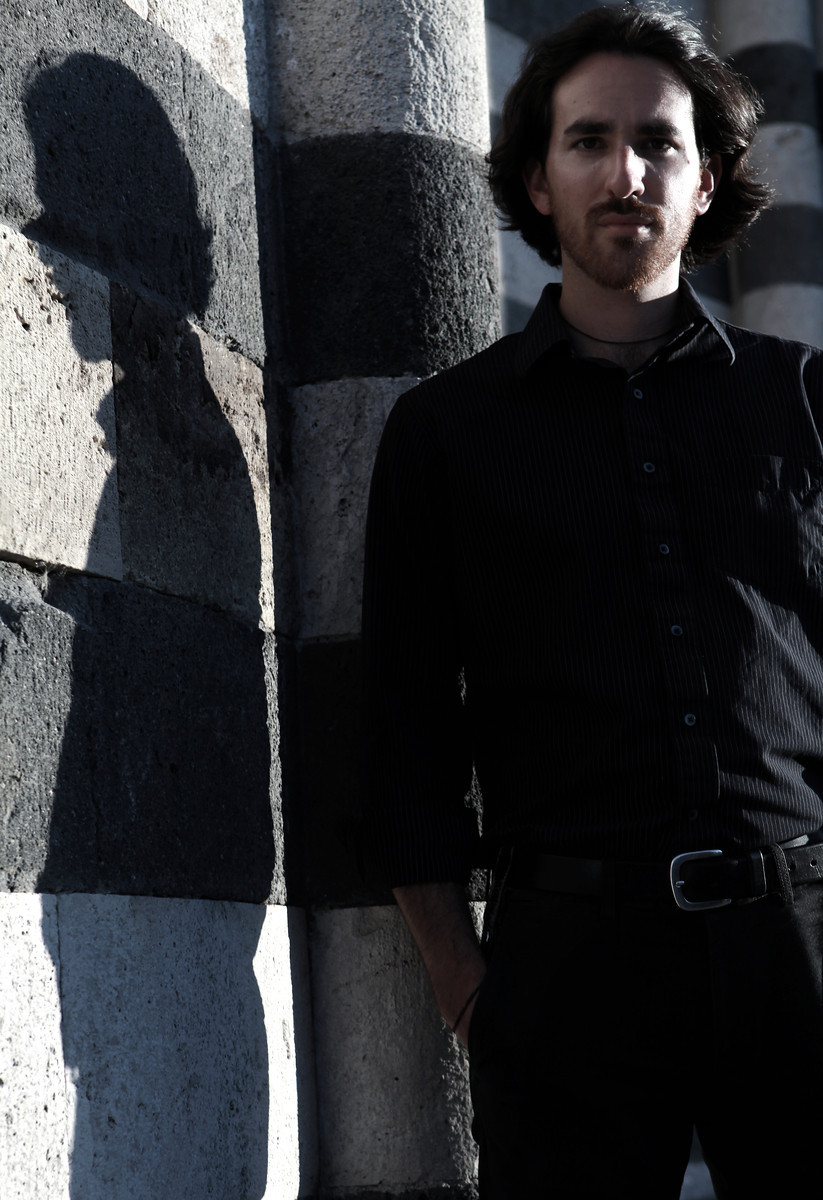
Noah Charney
The History of Art, Famous Forgers, Missing Masterpieces
Talking about art crime is one of my passions! I look forward to seeing each of you in my next course.
Dr Noah Charney is a best-selling author, columnist, TV presenter and professor of art history specializing in art crime. He is also the founder of ARCA, the Association for Research into Crimes against Art and the author of hundreds of academic and popular articles. As a journalist he contributes regularly to The Guardian, the Daily Beast, Atlantic, Salon, The Art Newspaper, The Washington Post, and Esquire. His first novel, The Art Thief (Atria 2007), was translated into seventeen languages and was a best-seller in five countries. A complete list of the books he has published can be viewed here.
Teaching others about the murky world of art criminals makes me very happy, second only to recovering stolen art. I look forward to meeting new faces and exploring this field together.
“Dick” Ellis is an internationally recognised art crime investigator with over 30 years experience. He served in Special Operations at New Scotland Yard where he set up the Art & Antiques Squad, which he ran from 1989 until 1999 when he retired from the police to become general manager of Christie’s Fine Art Security Services Ltd. In 2000 he was made managing director of Trace recovery services running their database and magazine for stolen art and antiques. In 2005 he joined with security and conservation specialists to form the Art Management Group Limited of which he is a director.
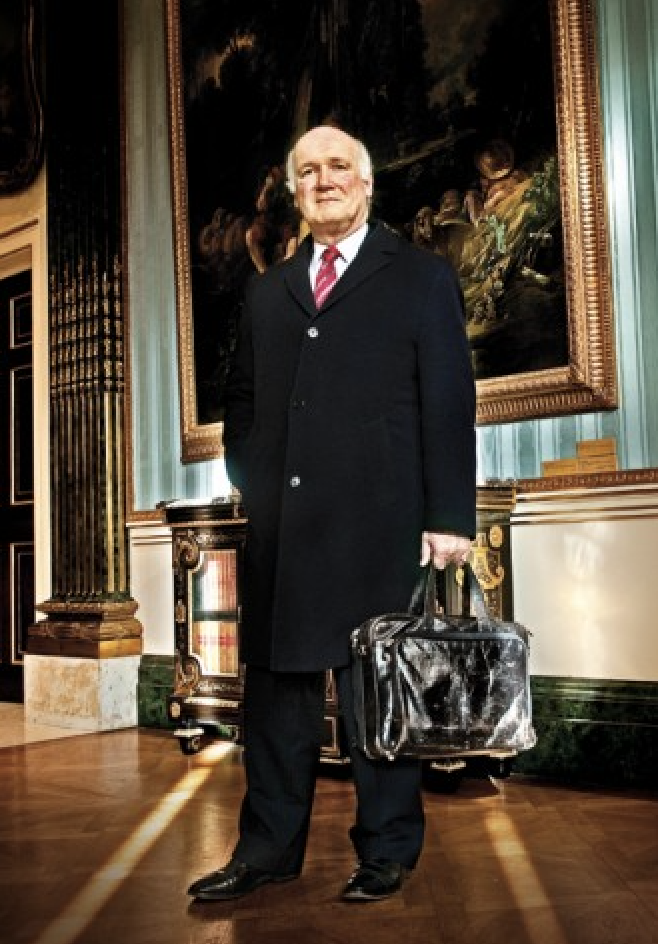
Richard Ellis
The World of Art and the Fine Art of Crime
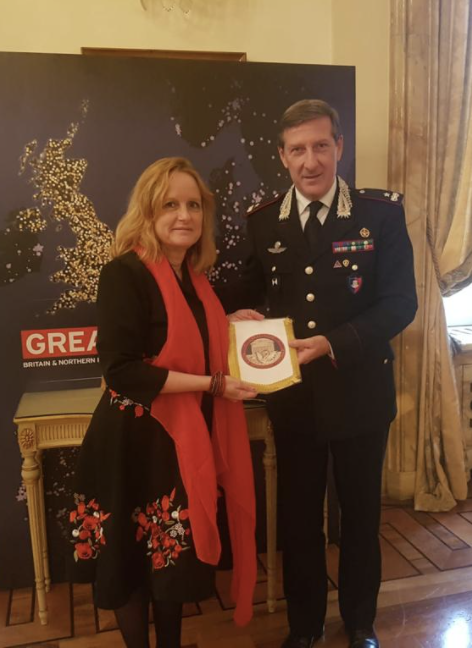
Lynda Albertson
Cracking the Code: Progress, Prospects, and Challenges in the Ongoing Pursuit of Stolen Art and Antiquities
As a forensic analyst I often work on art or antiquities crime incidents where I see a pattern developing and can pull threads together. I have a soft spot though for cultural property crimes involving artefact harvest countries that have been heavily looted for financial gains such as Italy and Nepal or conflict and post conflict countries whose wars have made them vulnerable to plunder and the blood antiquities trade.
Lynda Albertson is the CEO of the Association for Research into Crimes Against Art. Her courses focus on research methodology useful in understanding art-related crimes, to better preserve the world’s collective cultural heritage.
In her capacity as a forensic analyst she assists, where possible, public officials in uncovering useful details surrounding crimes against art and antiquities as part of ARCA’s Transnational Crime Mapping Project which assists law enforcement and public prosecutors in Europe and North America. She currently serves as a subject matter expert assisting European and North American law enforcement agencies and public prosecutors on overlapping art and antiquities issues of common concern. Annually, she also oversees onsite operations during ARCA’s Postgraduate Certificate Programming on art crime and cultural heritage protection.
Looking back now at the arena of criminological and legal research and writing of the last century, it does seem rather remarkable that it did take so long for scholarly work to emerge about art crime at large. Such crimes clearly touch upon a numbers of areas of considerable interest to criminologists and lawyers, including property and white-collar offences, and organised criminal activity.
Dr Saskia Hufnagel is a Professor at the University of Sydney Law School. Her research focuses on art crime, transnational and comparative criminal justice and global law enforcement cooperation. Her particular interests are the detection, investigation and prosecution of art crimes in the UK, Germany and Australia from a comparative legal perspective and international and regional legal patterns of cross-border policing. Saskia is a qualified German legal professional and accredited specialist in criminal law. She holds an LL.B. from the University of Trier and an LL.M. as well as a PhD from the Australian National University. After completing her PhD she worked at the Australian Research Council Centre of Excellence in Policing and Security, Griffith University, Australia, and was a Leverhulme Fellow at the University of Leeds. Before joining the University of Sydney she worked for nine years at Queen Mary University of London, teaching ‘Criminal Law’, ‘Art, Business and Law’, ‘Policing’ and ‘Comparative Criminal Justice’.
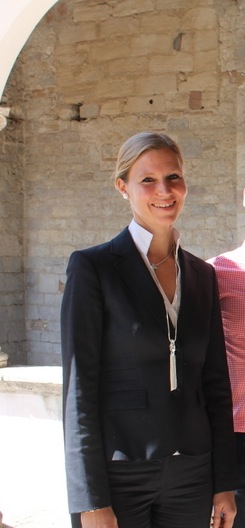
Saskia Hufnagel
Laws, Legal principles, Conventions and Principles: Cultural Property Law in an International Context
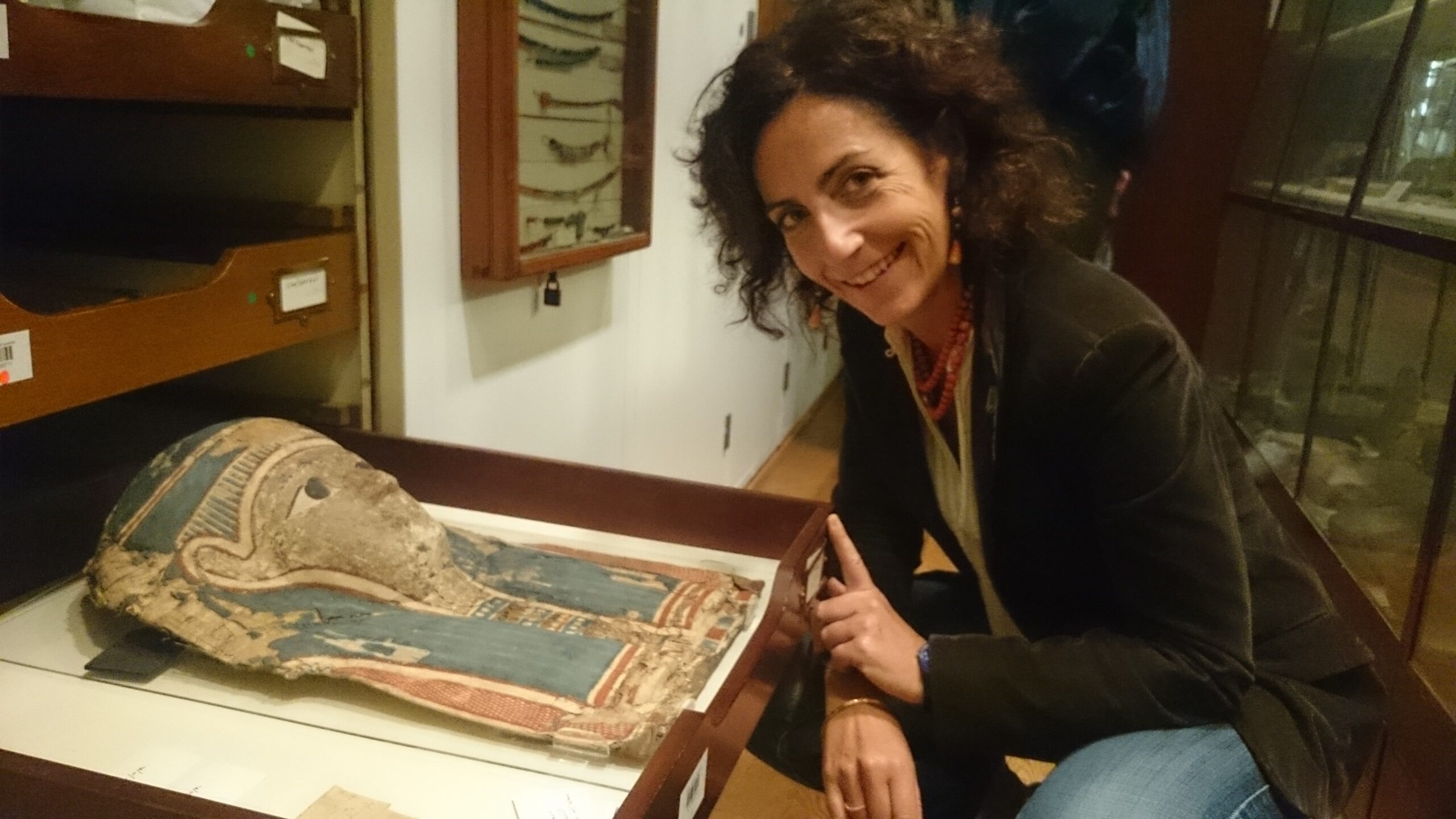
Roberta Mazza
Discarded, Discovered, Collected: The Ethics of Antiquities Preservation and Publication and its Nexus with Art Crime
One of my passions is the study of the illegal papyrus trade and what scholars can do to stop it.
Dr. Roberta Mazza is an Associate Professor in Papyrology at the University of Bologna at its Ravenna campus. Prior to that she worked in the United States and Great Britain where she has been acting curator at the Center for the Tebtunis Papyri at Berkeley, a lecturer at the University of California at Santa Barbara, a Senior Lecturer at the University of Manchester in charge of the John Rylands Papyri collection as well as honorary curator with the Manchester Museum.
Her art crime research centers on issues of academic ethics in publishing manuscripts, the colonial history of papyrology, and the legal and illegal market in papyri and other Egyptian antiquities.
I am very happy that after all these years I have come full circle back to my first passion, which is archeology and cultural preservation.
Dorit D. Straus is an independent Art and Insurance Advisor. Previously she was Vice President Worldwide Specialty Fine Art Manager for Chubb & Son, where she held various management positions from 1982 to 2013.
She has been a Visiting Lecturer with the Association for Research into Crimes Against Art since 2009 and was an Art Culture and Entertainment Manager at ACE USA from 1998 to 2000.
Ms. Straus was a Curatorial Researcher at the Jewish Museum from 1981 to 1982, an Assistant Collection Manager at the Peabody Museum of Archaeology and Ethnography at Harvard University from 1978 to 1981, and an Assistant Registrar at the Museum of Contemporary Crafts from 1976 to 1978.
She has served on the Cultural Property Advisory Committee for the Bureau of Educational and Cultural Affairs (ECA) of the U.S. Department of State and currently serves on the Board of Directors of AXA Art Americas Corporation, and the International Foundation for Art Research.
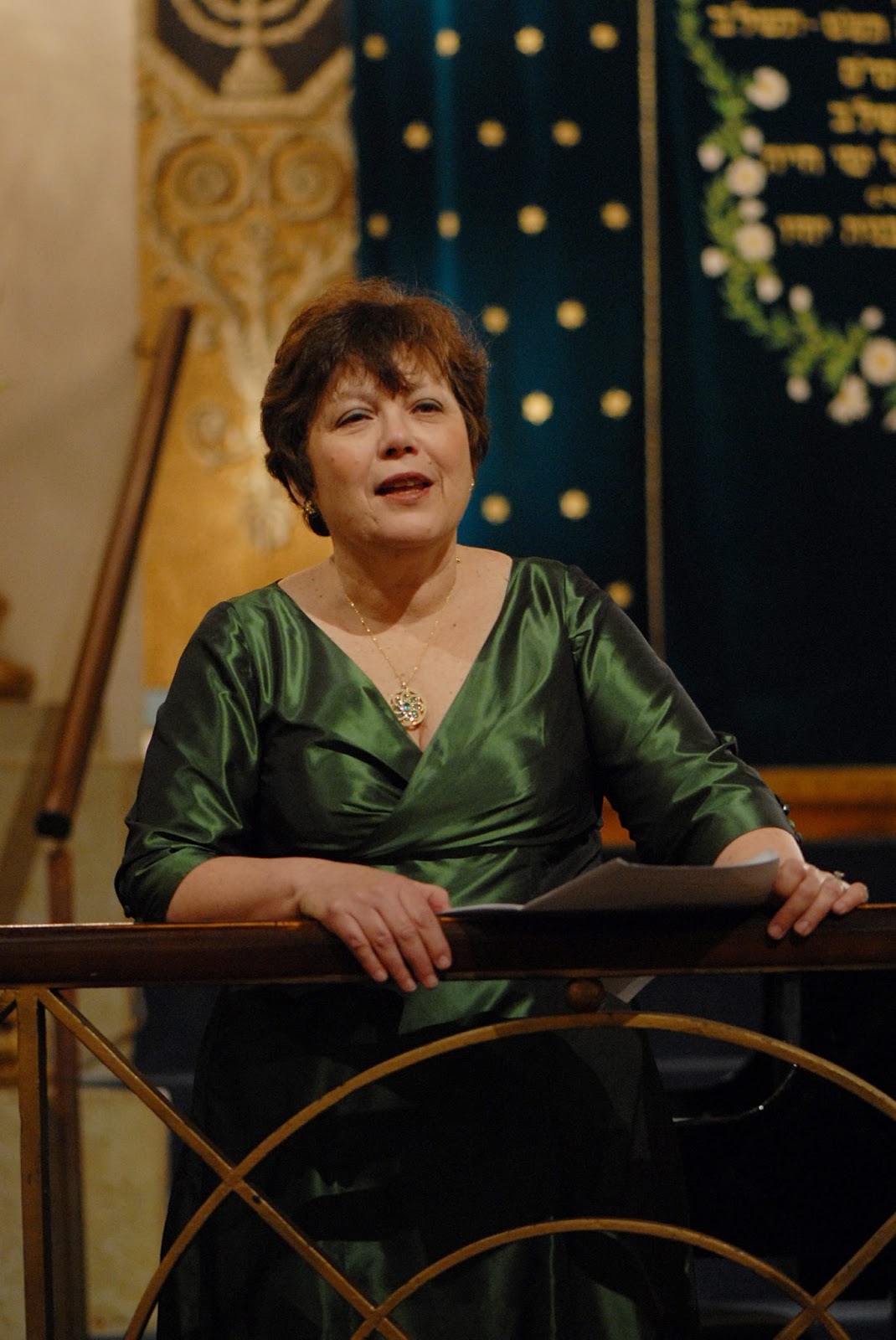
Dorit Straus
Art Insurance claims and the art trade
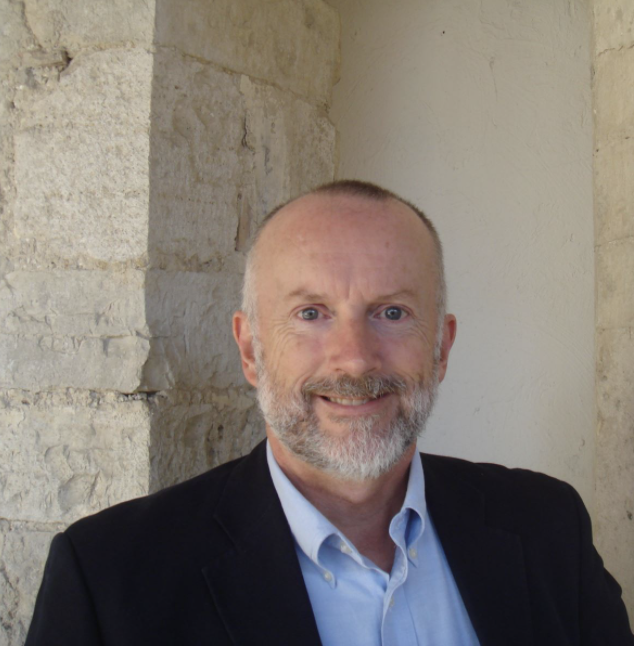
Judge Arthur Tompkins
The Prince of Plunderers: Napoleon and his Art Plundering and Rose Valland: Hero in the Museum
Talking about art crime is one of my passions! I look forward to seeing each of you in my next course
Judge Arthur Tompkins is a District Court Judge in New Zealand, and a permanent member of the Supreme Court of Pitcairn Island. He gained his Bachelor’s degree with Honours in Law from Canterbury University, Christchurch, New Zealand, in 1983, and graduated Masters in Law, with First Class Honours, from Gonville and Caius College, Cambridge University, England, in 1984.
A founding member of the New Zealand Art Crime Research Trust Judge Tompkins has taught on Art Crimes during the War Theatre as part of ARCA’s postgraduate program and has lectured around New Zealand and abroad on art crime. He also edited Art Crime and Its Prevention (Lund Humphries 2016), is the author of Plundering Beauty: A history of Art Crime during War (Lund Humphries 2018) and Provenance Research Today: Principles, Practice, Problems (Lund Humphries 2021).
To understand the Etruscans D. H. Lawrence once said ''to the tombs we must go: or to the museums containing the things that have been rifled from the tombs'' which is where a hundred years later I still find stolen works of art. I look forward to seeing each of you in my course.
Dottor Stefano Alessandrini is a forensic archaeologist served for many years as a consultant to Italy’s Ministero dei Beni e delle Attività Culturali and the country’s Avvocatura di Stato. Presently he serves as an expert to the Tribunale Penale di Roma.
Like the world’s ambassadors who serve as official envoys, promoting good relations between countries, requires the cooperation of judicial authorities, law enforcement and archaeological experts like Stefano Alessandrini, who working together are able to bring plundered antiquities and works of art back home, even in cold cases once thought lost.
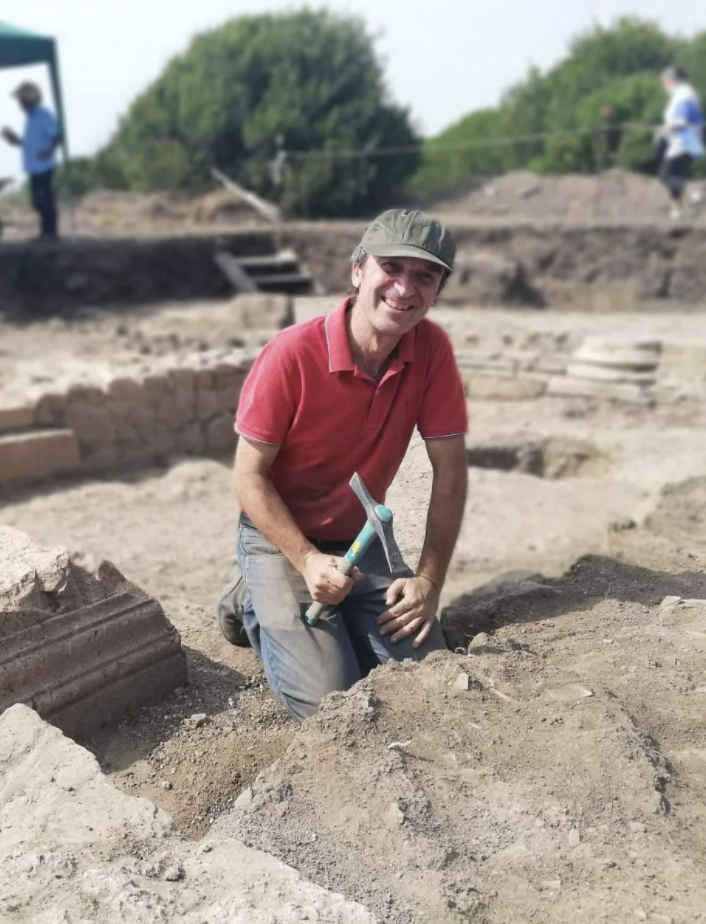
Stefano Alessandrini
Cultural Diplomacy and Restitution, The History of Italy's Cultural Legislation and the Plunder of Italy through the centuries.
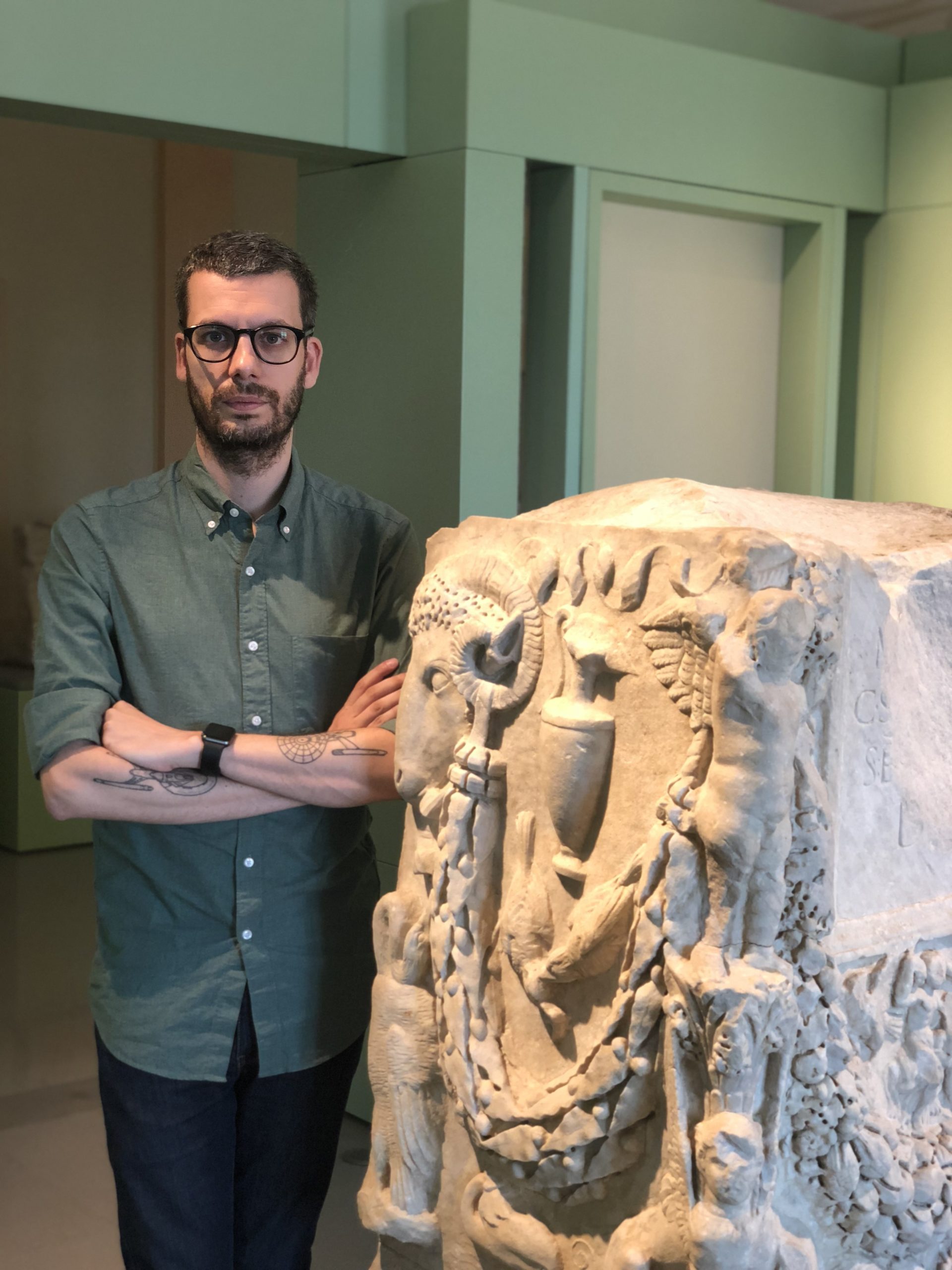
Marc Balcells
Criminal Minds and Criminological Approaches to understanding Art Crime
Criminology helps us to understand better crimes, criminals, victims, and the workings of the criminal justice system. My passion is to apply criminology to better comprehend the why's of cultural heritage crime: there is so much need for research on thieves, looters, vandals, forgers, and many more shady characters in the art world!
Dr. Marc Balcells is a Spanish criminologist, a professor at the Universitat Oberta de Catalunya, and an associate professor at Universitat Pompeu Fabra in Barcelona. Marc holds degrees in Law (Universitat Pompeu Fabra; Barcelona), Criminology (Universitat Autònoma; Barcelona), and Human Sciences (Universitat Oberta de Catalunya), and masters both in Criminal Law (Universitat Pompeu Fabra and Universitat de Barcelona) and Criminal Justice (John Jay College of Criminal Justice, City University of New York). A Fulbright scholar, he obtained his Ph.D. in Criminal Justice at The Graduate Center, City University of New York, at John Jay College. His research revolves around cultural heritage crime and, more specifically, the criminological aspects of archaeological looters. He frequently appears in Spanish media outlets to raise awareness about cultural heritage crime. Other research interests of Marc are victimology and cybercrime.
Start A Course
Enroll In A Course Today
Make the right decision for your professional development. Sign up for a course today!
